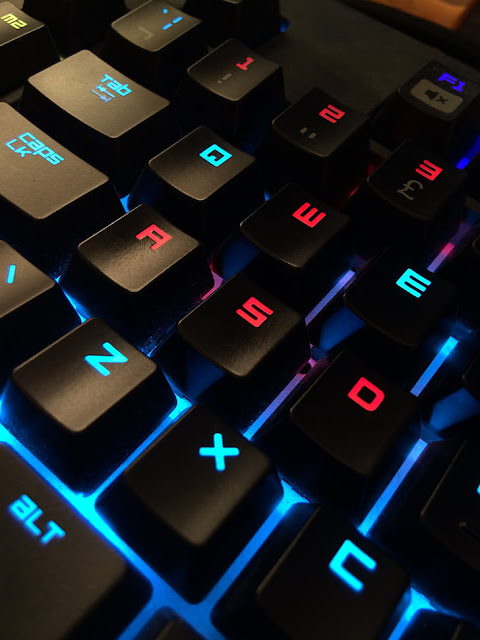The Rise of Magnetic Switches in Mechanical Keyboards
Mechanical keyboards gained mainstream popularity during the pandemic as people upgraded their home offices and sought new hobbies. Brands like Akko, Drop, and Keychron became well-known, offering various layouts and parts for enthusiasts. While mechanical keyboards have improved in quality and affordability, the market has become somewhat stagnant despite features like RGB lighting and gasket mounts becoming standard. Enter magnetic switches, which bring a new level of customization to the typing experience.
What Are Magnetic Switches?
Traditional mechanical switches register key presses by physically closing an electrical circuit. The design of the switch determines its feel—linear switches, like Gateron Reds, are smooth, while tactile switches, like Cherry Browns, provide resistance through a bump. Each switch’s design influences its sound, feel, and actuation point, which is when the keypress is registered.
Magnetic switches, first popularized by Wooting, operate differently. Using the Hall Effect, these switches detect changes in the magnetic field to register key presses. A magnet within the switch stem interacts with a sensor on the keyboard's PCB, allowing users to adjust the actuation point. For instance, gamers might prefer a 0.1mm actuation for quick inputs, while typists may opt for a deeper 2.5mm actuation to reduce errors. This adjustment can usually be made through software or key combinations.
Unique Features and Limitations
Magnetic switches allow for advanced customizations, such as assigning different actions to varying keypress depths. Gamers can also enable rapid triggering, letting them spam keys efficiently. However, magnetic switches don’t allow users to adjust resistance, as this is controlled by the internal spring.
Currently, there’s no universal standard for magnetic switches, meaning compatibility with keyboards varies by manufacturer. While some magnetic keyboards also support traditional mechanical switches, they lack the customization capabilities of magnetic options.
Testing Magnetic Switches: Akko MOD007B PC Santorini
Akko’s MOD007B PC keyboard showcases the potential of magnetic switches. Retailing at around $110-$150, it features Kailh Sakura Pink magnetic switches with a 50gf bottom-out force and supports three-pin mechanical switches. Its connectivity includes Bluetooth, USB-C, and 2.4GHz wireless with a 3600mAh battery.
The 75% keyboard offers dual-position feet for adjustable typing angles and has a clacky sound profile due to internal foam. While the stabilizers are well-tuned, some case ping persists, which could be resolved with minor modifications. Akko’s proprietary software provides an easy way to customize actuation points, although it favors proprietary systems over open-source options like VIA.
Performance and Conclusion
For gaming, the adjustable actuation points provided a slight edge, though the benefit depends on the game. The rapid trigger setting worked well in shooters, but individual results may vary. Typing on the board was comfortable after experimenting with settings, and Akko’s default configuration of a 2mm actuation point proved ideal for daily use.
While not the most premium keyboard available, the Akko MOD007B PC is a great entry point into magnetic switches, offering significant customization at a reasonable price. It’s not perfect, but for gamers and typists alike, it delivers a unique and enjoyable experience without breaking the bank.




Post a Comment